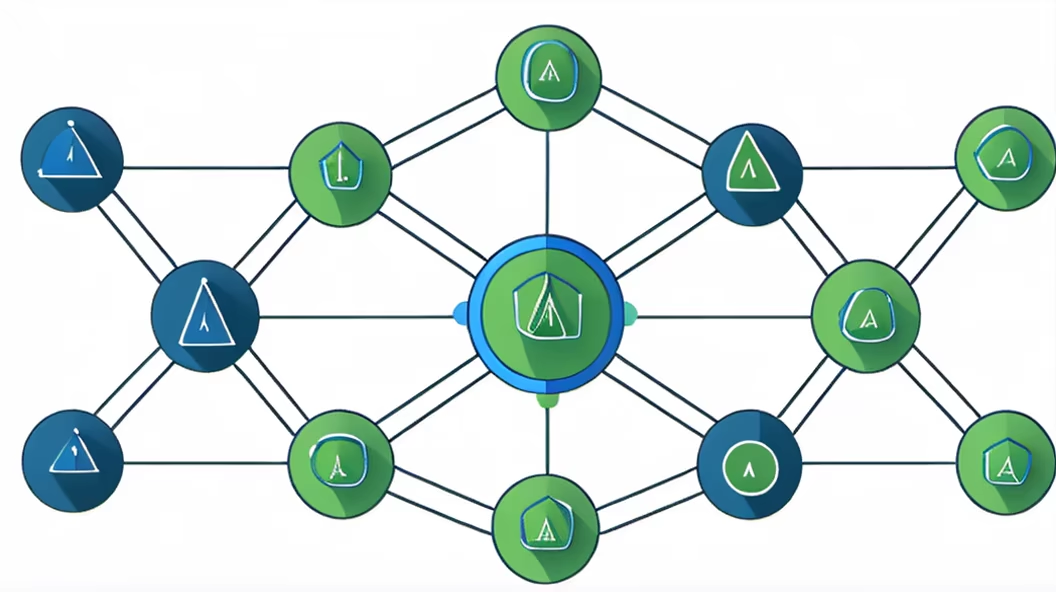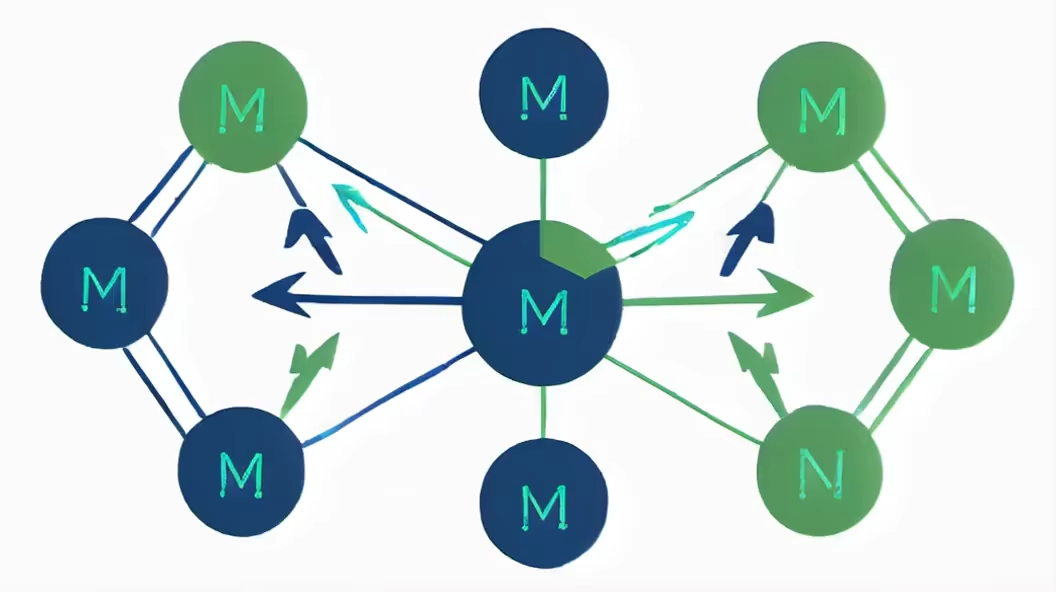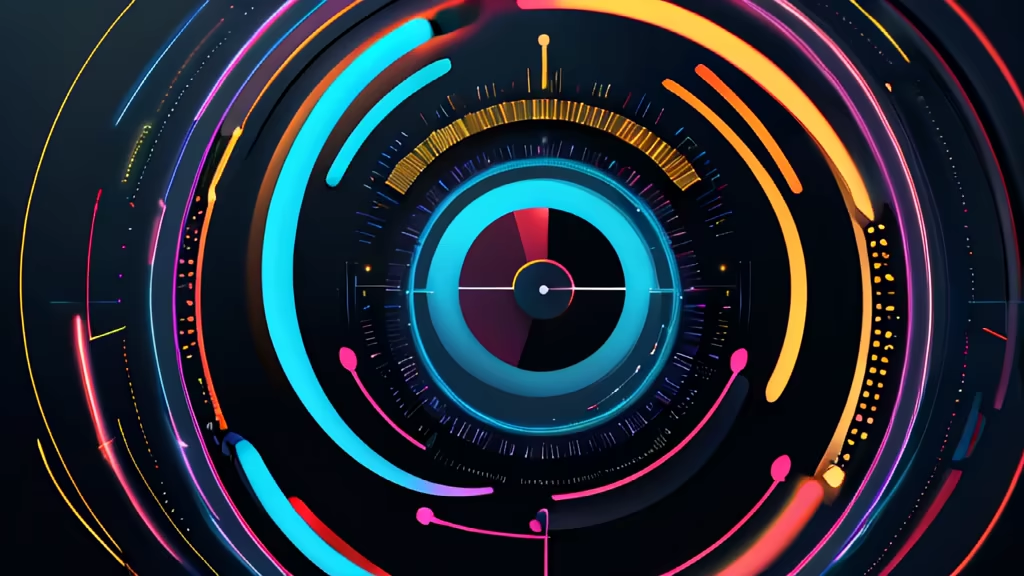Prompt: Figure Title: Dynamic Feedback Loop in [Specify the System or Process] Caption: Figure 1: Illustration of a standard feedback loop within the [Specify System or Process]. Arrows indicate the direction of influence. Description: This figure visually represents a standard feedback loop inherent in the [Specify System or Process], showcasing the dynamic interactions between its key components. The feedback loop is crucial for understanding the system's self-regulating behavior. 1. Components: The figure comprises three main components: [Input], [Process], and [Output]. [Input] represents the initial stimuli or conditions that initiate the process. [Process] embodies the series of actions or transformations that occur within the system. [Output] denotes the resulting outcomes or effects produced by the system. 2. Arrows and Directionality: Arrows connect the components, indicating the flow of information or influence. An arrow from [Input] to [Process] signifies the impact of external factors on the ongoing process. An arrow from [Process] to [Output] represents the outcomes generated by the system. 3. Feedback Loop: A loop is formed by an additional arrow from [Output] back to [Input]. This loop signifies the feedback mechanism, wherein the system's outputs influence its inputs, creating a continuous cycle. Positive feedback amplifies deviations from the system's equilibrium, potentially leading to dynamic behavior. Negative feedback dampens deviations, promoting stability within the system. 4. Labels and Annotations: Each component is labeled clearly, ensuring easy identification. Relevant annotations provide additional information about specific processes or feedback mechanisms. 5. Time Dimension: The figure may include a temporal element, with the progression of time depicted along the feedback loop. This emphasizes the dynamic nature of the system and how it evolves over time. 6. Contextualization: A brief description in the main text contextualizes the figure, explaining its relevance to the overall study. The figure might be referenced when discussing system behavior, adaptability, or response to external stimuli. 7. Aesthetic Considerations: The figure maintains a clear and professional aesthetic, adhering to any formatting guidelines specified by the journal. Colors, if used, are chosen purposefully to enhance clarity without sacrificing scientific rigor. By incorporating these elements, the figure effectively communicates the concept of a standard feedback loop in the specified system or process. It serves as a valuable visual aid for readers to grasp the interconnected dynamics and regulatory mechanisms at play within the scientific context.


Prompt: Visualize a sleek, minimalist flowchart, its nodes and connections representing the building blocks of an emergent system. The diagram exudes simplicity, yet beneath its clean exterior lies the potential for unexpected and welcome developments. Picture a few nodes breaking away from the predetermined path, symbolizing the cool surprises that can arise when allowing for unanticipated outcomes.




Prompt: Picture a fluid mosaic of interconnected pathways and bridges, representing the streamlined systems. The mechanics are symbolized by a series of interconnected, smooth-flowing channels, highlighting the seamless flow of operations. User-friendly controls are illustrated through intuitive touchpoints, emphasizing the ease of navigation. Best practices in interface design manifest as clear signposts and markers along the pathways, guiding users with simplicity. Important information is displayed prominently, akin to well-lit landmarks in the visual landscape.




Prompt: \"Create a visually appealing logic relationship diagram highlighting the central element's importance, with peripheral elements connected to the central one by lines, and leave some empty space in the center of each element for adding text later on.\"


Prompt: Picture a fluid mosaic of interconnected pathways and bridges, representing the streamlined systems. The mechanics are symbolized by a series of interconnected, smooth-flowing channels, highlighting the seamless flow of operations. User-friendly controls are illustrated through intuitive touchpoints, emphasizing the ease of navigation. Best practices in interface design manifest as clear signposts and markers along the pathways, guiding users with simplicity. Important information is displayed prominently, akin to well-lit landmarks in the visual landscape.
Style: Comic Book


Prompt: Deal Lifecycle - Visualize the concept of a deal or transaction lifecycle. Represents the various stages and interactions within a deal, from initiation to completion. Medium: Visual representation of a deal's lifecycle. Style: Choose a style that conveys clarity and progression. Composition: Showcase the key stages and interactions in a clear and organized manner. Resolution: High-quality, emphasizing the details of each stage. --ar 16:9 --v 5.1 --style lifecycle --q 2 --s 750

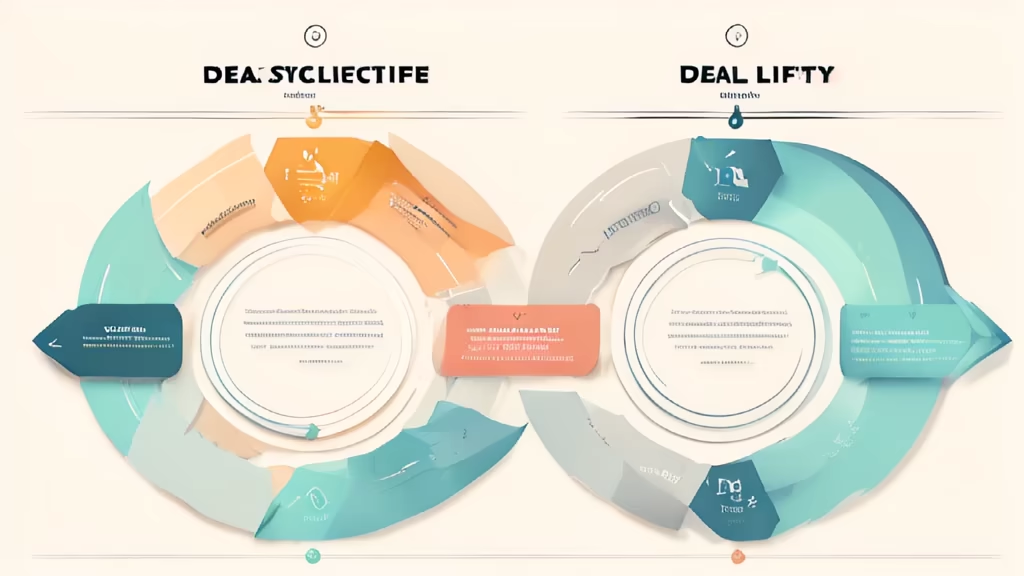


Prompt: an aesthetically pleasing logic relationship diagram with the central element being the largest and most important, positioned in the middle, with peripheral elements connected by lines to the central element and arranged in a circular array surrounding the central element




Prompt: Imagine an intricate digital tapestry displayed on a computer screen, illustrating the nuanced process of randomization. At the forefront, a dynamic flowchart unfolds, showcasing a sequence of logical steps. The tapestry commences with the random generator delving into the parameters of the level's general and ambient environment, symbolized by nodes representing environmental factors. As the generator navigates through subsequent nodes, it distinguishes common occurrences, depicted by vibrant pathways, from less frequent actions illustrated by narrower trails. Anomalies, representing rare outcomes, emerge as ethereal bursts of color, emphasizing their scarcity. The tapestry not only visually encapsulates the meticulous structure but also conveys a sense of purpose and meaning behind the randomness, turning a seemingly chaotic process into an artful and purposeful creation.




Prompt: A graphic showcasing a streamlined conveyor belt system could aptly represent the game's content mechanism. The conveyor belt smoothly transports unique game assets on one side, symbolizing the prevention of duplicates. Concurrently, it seamlessly integrates previously used components from the other end, emphasizing the efficient reuse of existing assets. This imagery encapsulates the game's structured approach, ensuring innovation while optimizing resources.


Prompt: flow diagram for a scientific research paper, no text in the picture, sketch style, no artistic processing,
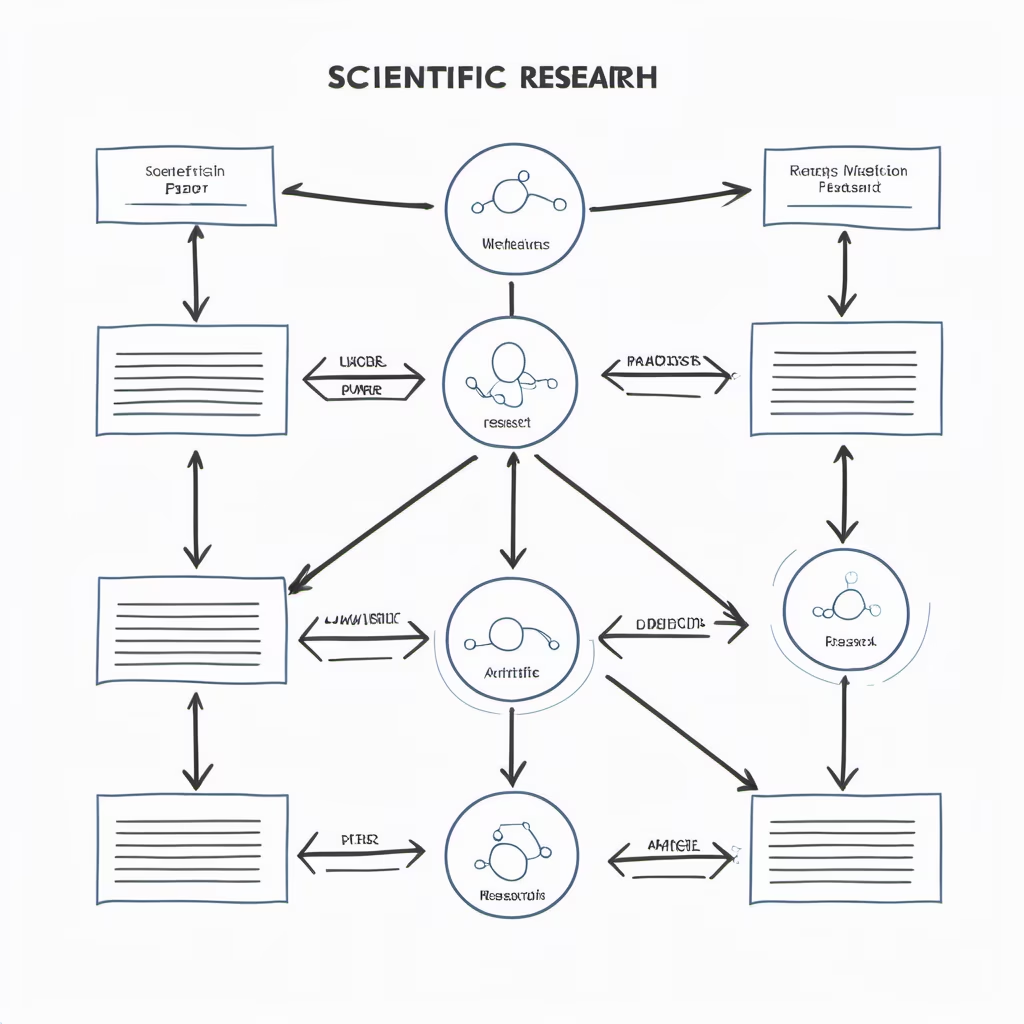





Prompt: Create a visually impactful image to accompany the article \"Unraveling 10 Stressful Thought Patterns and Strategies to Reverse Them\". The image should convey the idea of mental overcoming and transformation, highlighting the following elements: Graphical representation of the 10 stressful thought patterns. Contrast between negative and positive thoughts. Visualization of practical strategies to reverse the patterns, such as arrows indicating positive changes. Inclusion of visual elements related to therapy and self-care. Subtle incorporation of the link to therapy, suggesting additional support. Ensure that the image is attractive, easy to understand and aligned with the tone of the article, promoting a sense of hope and empowerment.


Prompt: Create a visually impactful image to accompany the article \"Unraveling 10 Stressful Thought Patterns and Strategies to Reverse Them\". The image should convey the idea of mental overcoming and transformation, highlighting the following elements: Graphical representation of the 10 stressful thought patterns. Contrast between negative and positive thoughts. Visualization of practical strategies to reverse the patterns, such as arrows indicating positive changes. Inclusion of visual elements related to therapy and self-care. Subtle incorporation of the link to therapy, suggesting additional support. Ensure that the image is attractive, easy to understand and aligned with the tone of the article, promoting a sense of hope and empowerment.
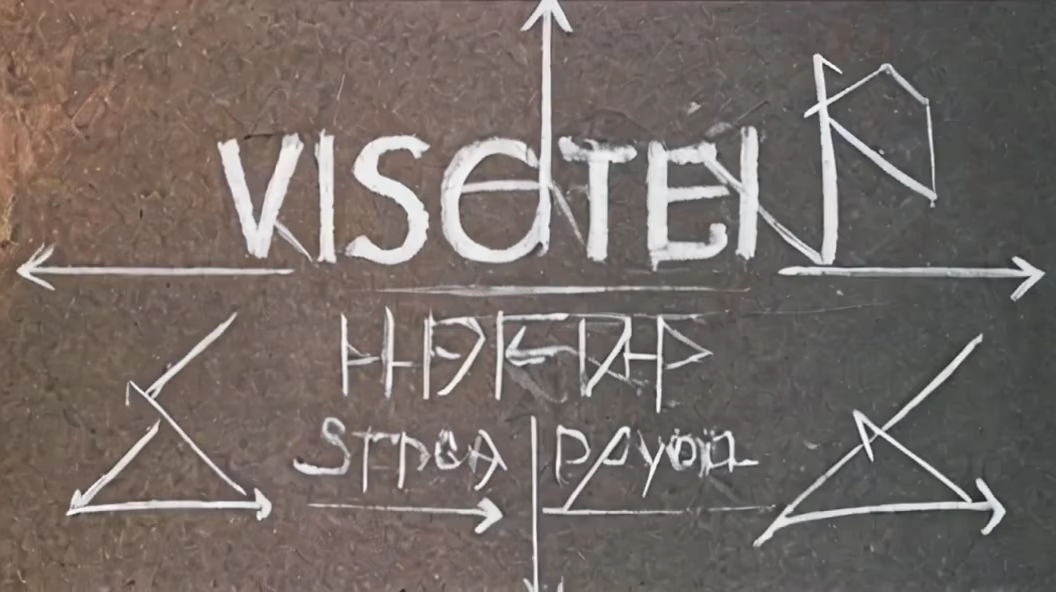
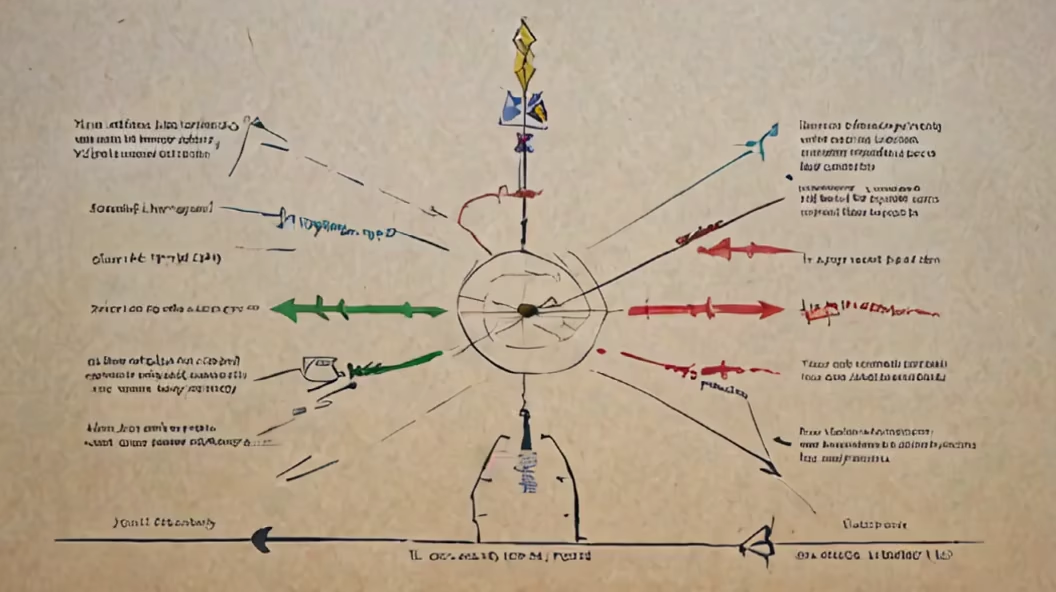
Prompt: Create a visually impactful image to accompany the article \"Unraveling 10 stressful thought patterns and strategies to reverse them\". The image should convey the idea of mental overcoming and transformation, highlighting the following elements: Graphical representation of the 10 stressful thought patterns. Contrast between negative and positive thoughts. Visualization of practical strategies to reverse the patterns, such as arrows indicating positive changes. Inclusion of visual elements related to therapy and self-care. Subtle incorporation of binding to therapy, suggesting additional support. Make sure the image is appealing, easy to understand, and in line with the tone of the article, fostering a sense of hope and empowerment.


Prompt: \"Beautiful logic relationship diagram with the largest and most important central element, peripheral elements connected to the central one by lines, arranged in a circular array around the central element, and leave some empty space in the center of each element for adding text later on.\"
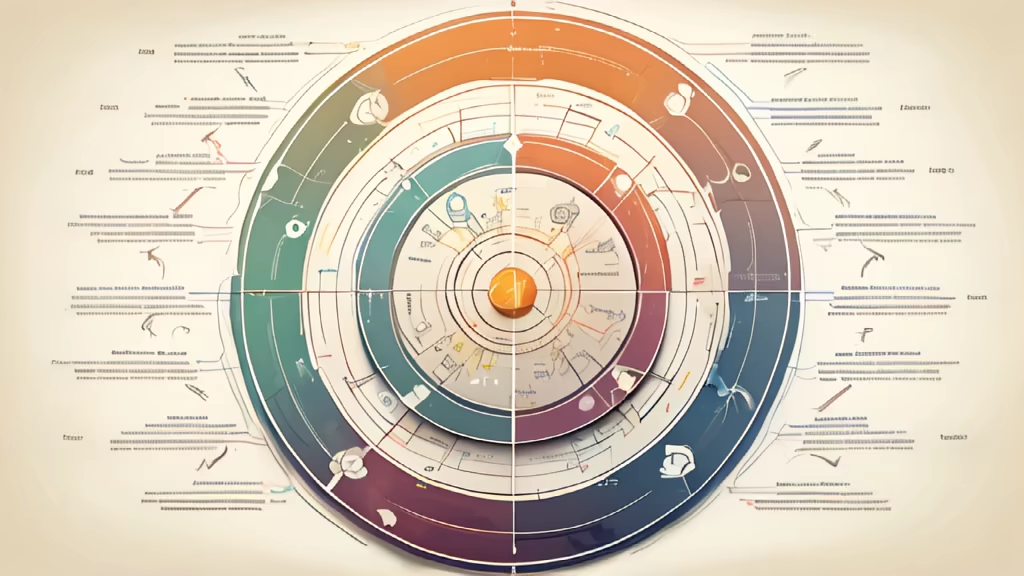

Prompt: \"Beautiful logic relationship diagram with the largest and most important central element, peripheral elements connected to the central one by lines, arranged in a circular array around the central element, and leave some empty space in the center of each element for adding text later on.\"
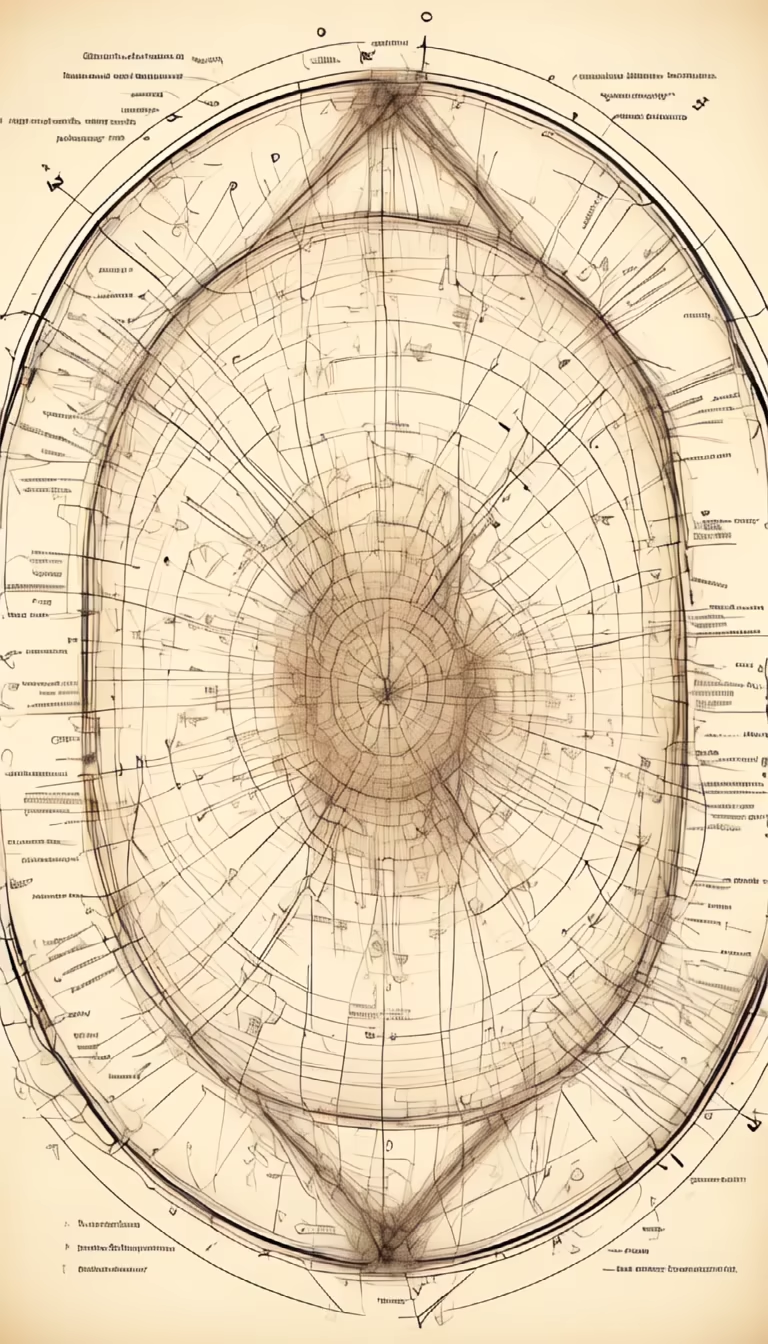
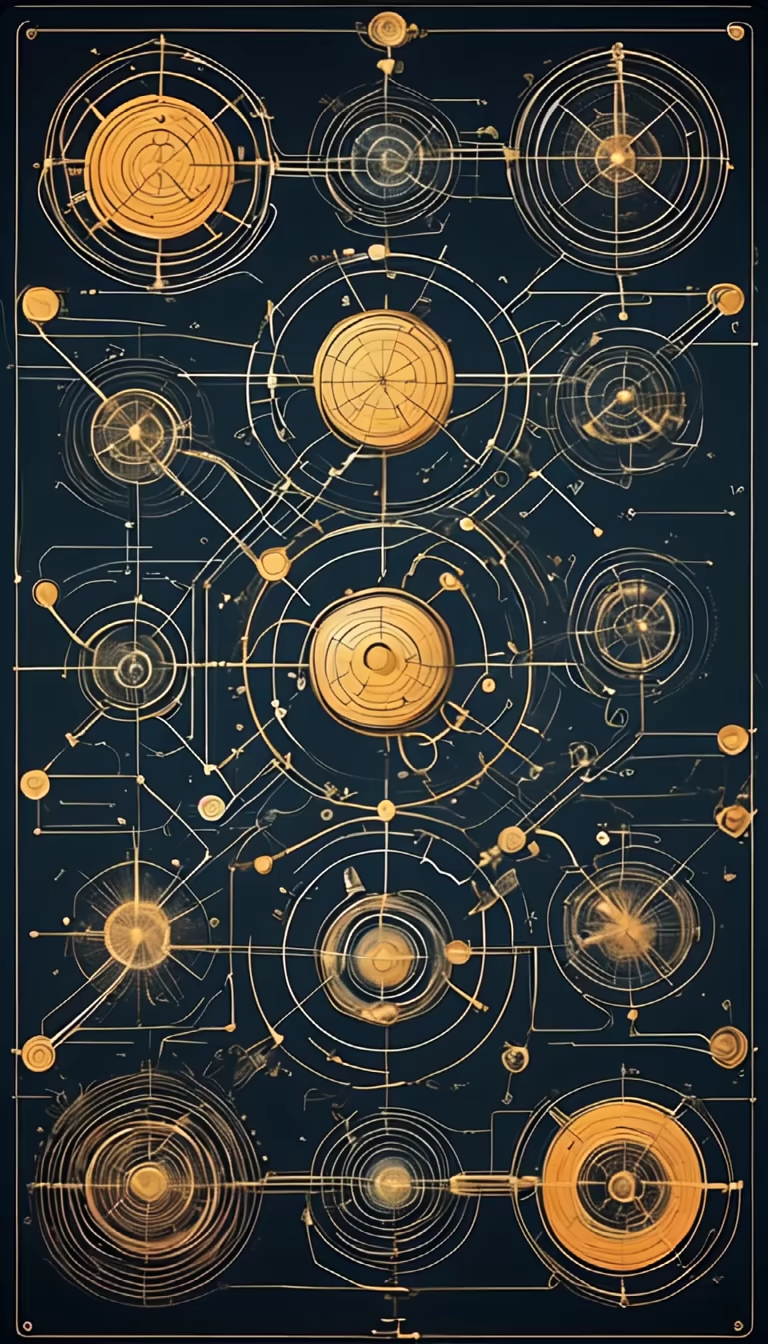
Prompt: an infographic like illustration about code migration. It should show a clear distincition between messy code and clear code, without going in to too much detail. There should between the two representations of code. For clarity, put a box around the illustration of the \"messy code\" and a box around the \"clean code\" and put an arrow between them to show we are moving from bad to good


Prompt: Create three schematic illustrations depicting direct capture setups for carbon dioxide removal from air. The setups should vary in size, representing large, medium, and small-scale installations. Focus on clear and concise depictions of the key components involved in the stable diffusion process. Ensure that each illustration includes the main capturing unit, air intake mechanism, and any additional components crucial to the capture process. Use consistent labeling and provide a brief description for each setup to highlight its scale and functionality.
Style: Line Art


Prompt: Create three schematic illustrations depicting direct capture setups for carbon dioxide removal from air. The setups should vary in size, representing large, medium, and small-scale installations. Focus on clear and concise depictions of the key components involved in the stable diffusion process. Ensure that each illustration includes the main capturing unit, air intake mechanism, and any additional components crucial to the capture process. Use consistent labeling and provide a brief description for each setup to highlight its scale and functionality.
Style: Line Art




Prompt: Initial Node Extraction: Use GPT-4 with one-shot prompting to extract nodes from user scenarios. Iterative Refinement: Collaboratively refine nodes through user feedback, ensuring alignment with the specific scenario. Node Categorization: Employ GPT-4's advanced NLP to classify nodes into categories like Event, Opportunity, Trigger, etc., for structured network topology.
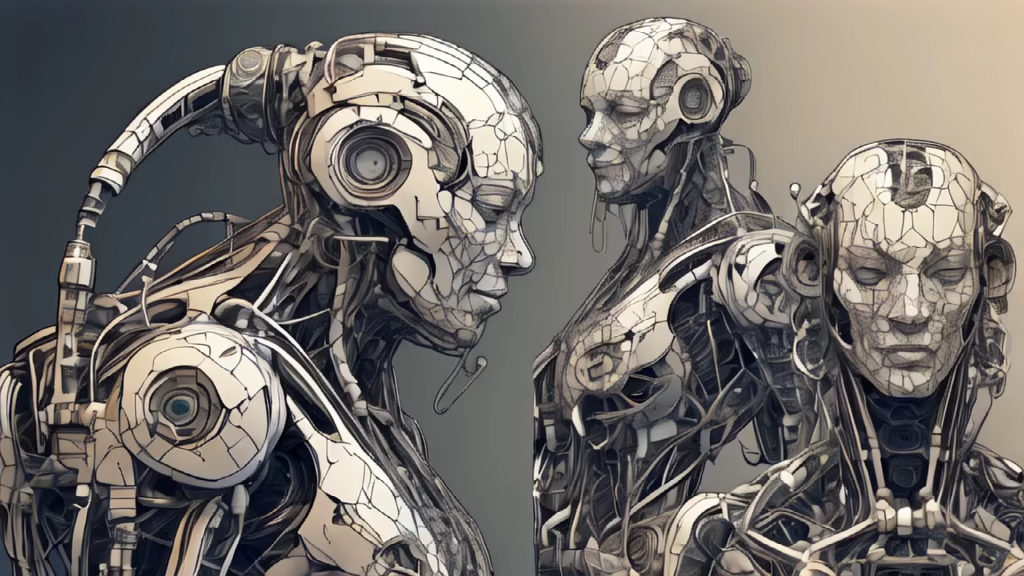
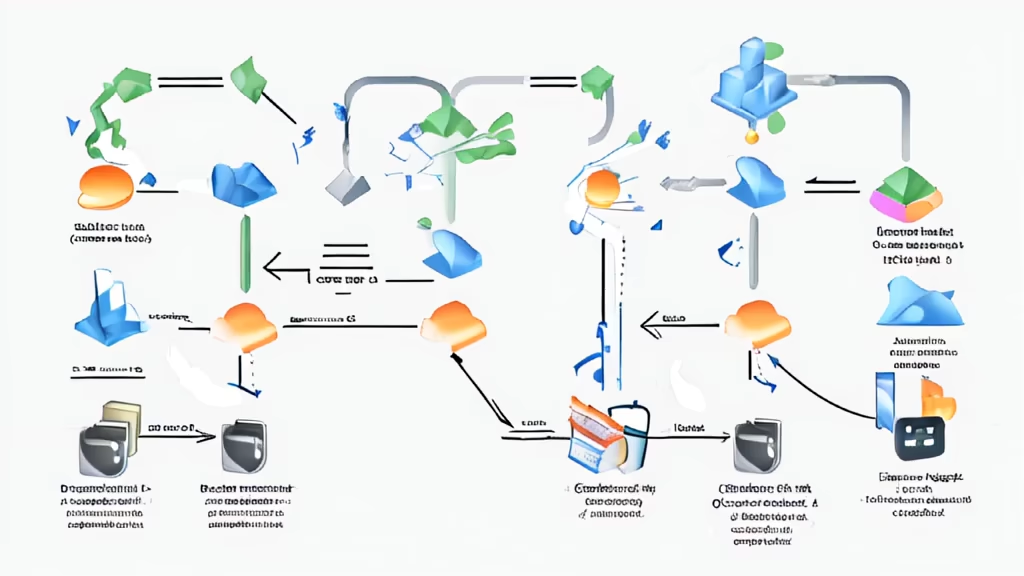
Prompt: scientific diagram out of a textbook with labels showing scoliosis at 360 degrees making the spine a loop de loop


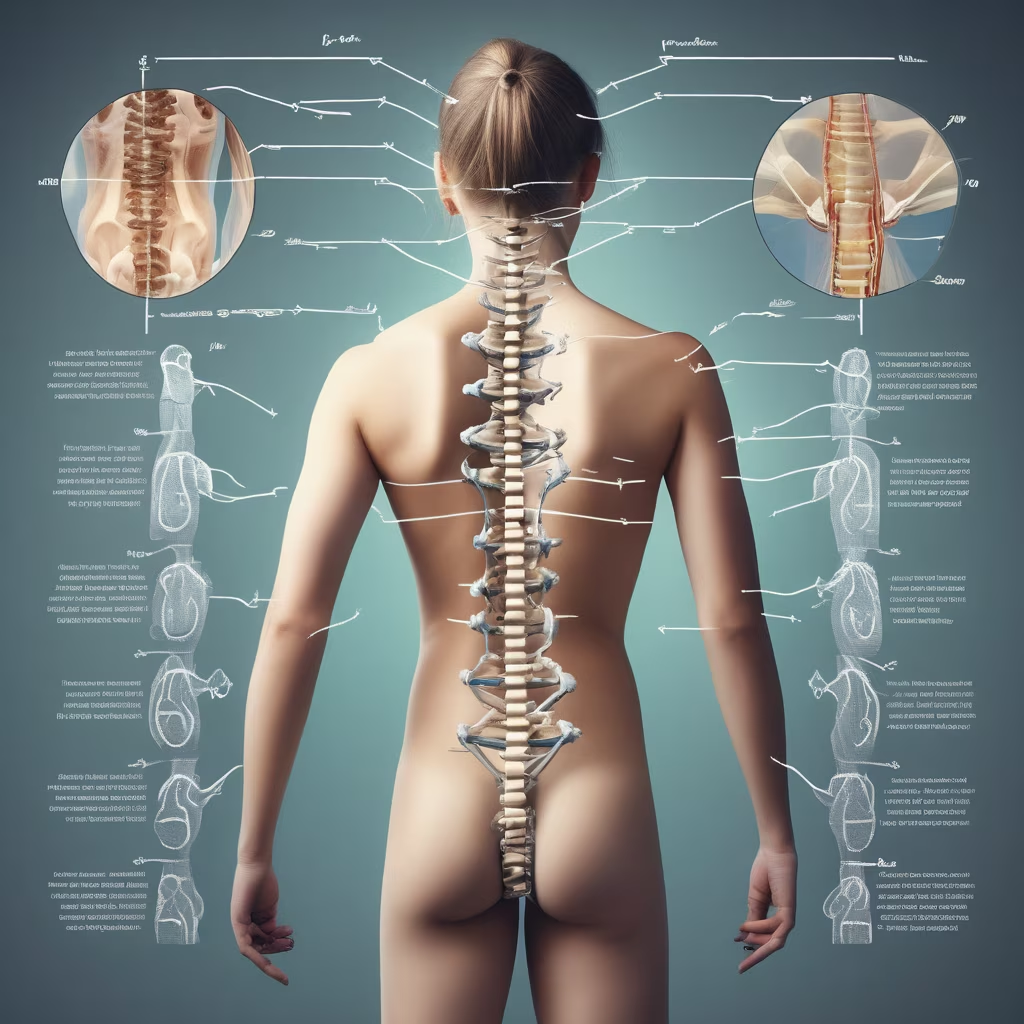

Prompt: scientific diagram out of a textbook with labels showing scoliosis at 360 degrees making the spine a loop de loop




Prompt: Imagine an image featuring a sleek, interconnected network of gears symbolizing streamlined systems, with each gear representing a crucial component. The mechanics are depicted as smoothly interlocking, emphasizing efficiency. The controls are portrayed as intuitive interfaces, where a user effortlessly navigates through well-designed elements. Best practices in user interface design are illustrated through clear, concise icons and labels. Important information is highlighted with vibrant indicators, ensuring visibility.


Prompt: Imagine a dynamic and vibrant network diagram representing the various stakeholders involved in the services offered by an overseas education agency. The central node could be the agency itself, surrounded by several key nodes representing its main partners, agents, and consultants. From these nodes, lines would radiate out to represent the flow of information and resources between the agency and its partners. On the other side of the diagram, there could be a cluster of nodes representing the students and institutions that the agency serves. These nodes could be connected to the agency through lines representing the educational programs, scholarships, or other services provided by the agency. The overall image should convey a sense of collaboration and mutual benefit among all parties involved, highlighting the agency's role as a facilitator and connector in the global education landscape, modern, high quality, sense of depth, bright colours, 8k, detailed, ultra high definition, 1X upscaled image, UHDR
Negative: nsfw, not safe for work, nudity, low quality, long body, elongated body, blurry, faded, bad focus, raster graphics, profile, bad graphics, bad render, low pixel density, unsharp image, unsharp details, cut-off limbs, ugly hands, deformed hands, deformed arms, deformed legs, twisted fingers, malformed fingers, mutated fingers, deformed fingers, bad proportions, extra limbs, extra limb, poorly drawn, gross proportions, mutation, mutated limbs, text, signature, title, watermark, poster, cover, big nose, double body, multiple people, two people, multiple heads, 3 arms, 4 arms, out of frame, cropped, cartoonish, smooth, texts, words, numbers, letters, signatures, watermarks, canvas, frames, extra fingers
Style: Photographic


Prompt: Create three schematic illustrations in the form of technical drawings, each depicting a direct capture setup for carbon dioxide removal from air. The setups should vary in size, representing large, medium, and small-scale installations. Ensure that the illustrations have a black background to emulate a technical drawing aesthetic. For each illustration, focus on detailing the key components involved in stable diffusion. Include the main capturing unit, air intake mechanism, and any additional components crucial to the capture process. Labeling should be clear and consistent, and provide a brief description for each setup to highlight its scale and functionality. Понял вас. Внесем несколько изменений в prompt, чтобы подчеркнуть, что изображения должны иметь черный фон и быть в виде чертежа: Prompt: Create three schematic illustrations in the form of technical drawings, each depicting a direct capture setup for carbon dioxide removal from air. The setups should vary in size, representing large, medium, and small-scale installations. Ensure that the illustrations have a black background to emulate a technical drawing aesthetic. For each illustration, focus on detailing the key components involved in stable diffusion. Include the main capturing unit, air intake mechanism, and any additional components crucial to the capture process. Labeling should be clear and consistent, and provide a brief description for each setup to highlight its scale and functionality. Additional Instructions: Large-scale Setup: Emphasize industrial dimensions and components suitable for extensive carbon dioxide removal. Highlight any unique features or technologies designed for efficiency in large-scale operations. Medium-scale Setup: Illustrate a setup of intermediate size suitable for applications in diverse environments. Showcase adaptability and integration with existing infrastructure, if applicable. Small-scale Setup: Focus on a compact design suitable for decentralized or smaller-scale applications. Highlight portability or integration into community settings for localized carbon dioxide removal. Ensure that each illustration is presented as a technical drawing with clear lines and details against a black background. Use appropriate shading and line weights to enhance the visual appeal of the drawings. Include relevant labels and annotations to aid understanding.
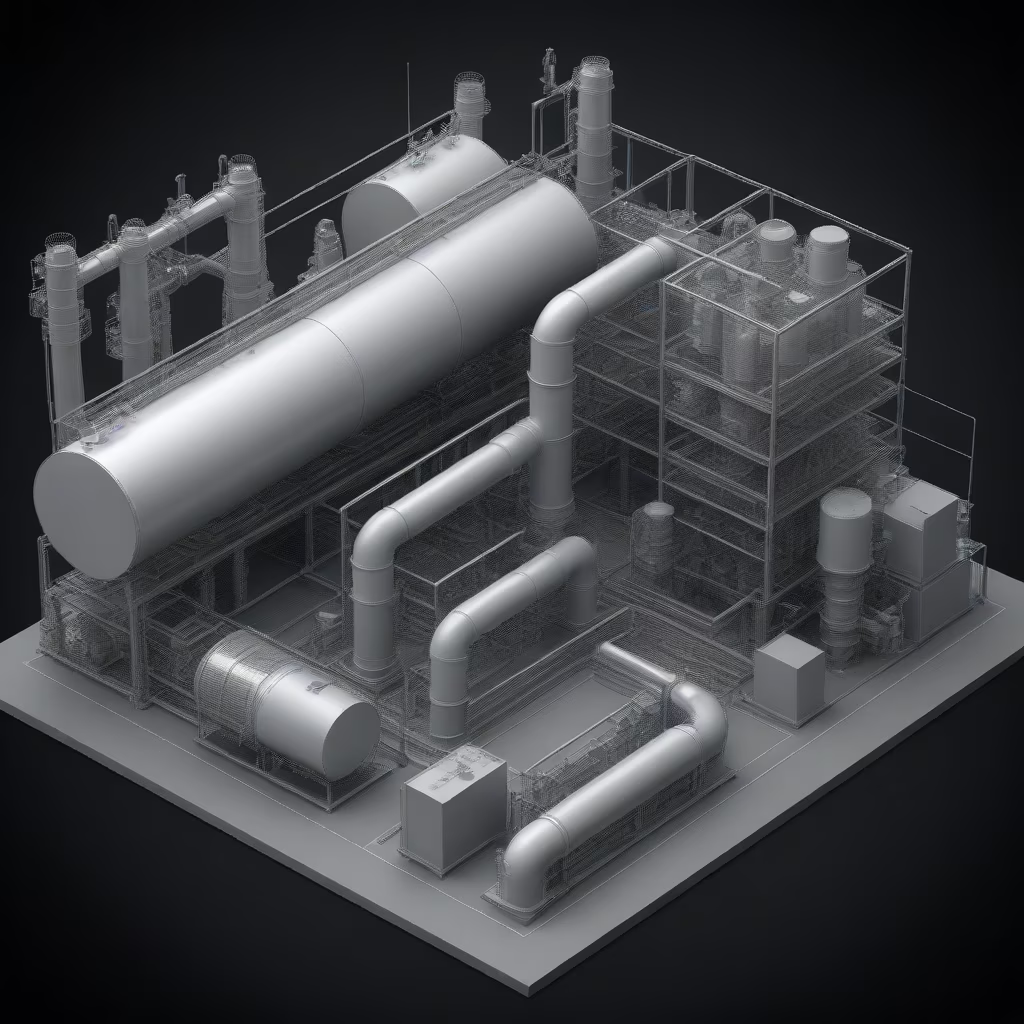

Prompt: This visual tool effectively communicates the importance of understanding the source and origin of advancements, encouraging a comprehensive comprehension of the journey leading to the final technological outcome.


Prompt: A dynamic collage of a story, a post, and a reel, with visual elements like arrows and stats to show their impact on reach


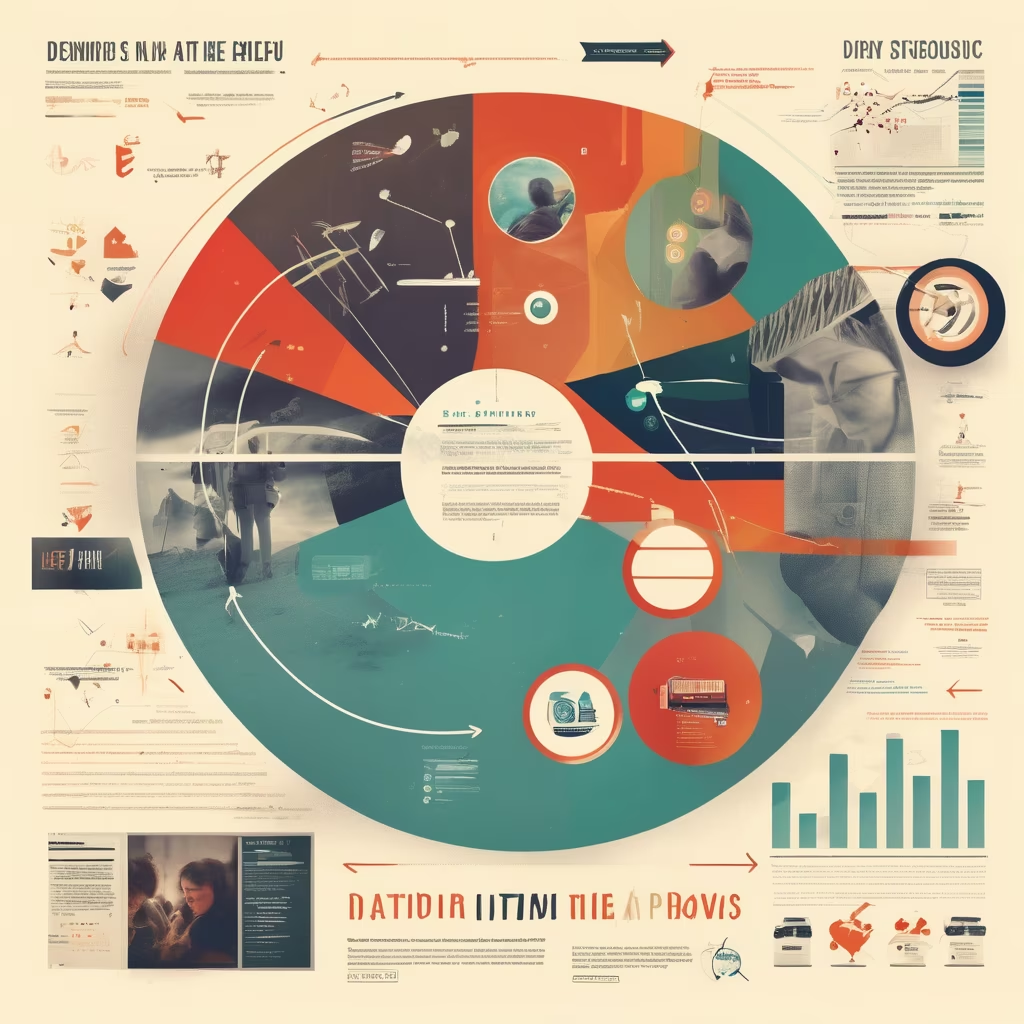

Prompt: Picture a fluid mosaic of interconnected pathways and bridges, representing the streamlined systems. The mechanics are symbolized by a series of interconnected, smooth-flowing channels, highlighting the seamless flow of operations. User-friendly controls are illustrated through intuitive touchpoints, emphasizing the ease of navigation. Best practices in interface design manifest as clear signposts and markers along the pathways, guiding users with simplicity. Important information is displayed prominently, akin to well-lit landmarks in the visual landscape.
Style: Photographic



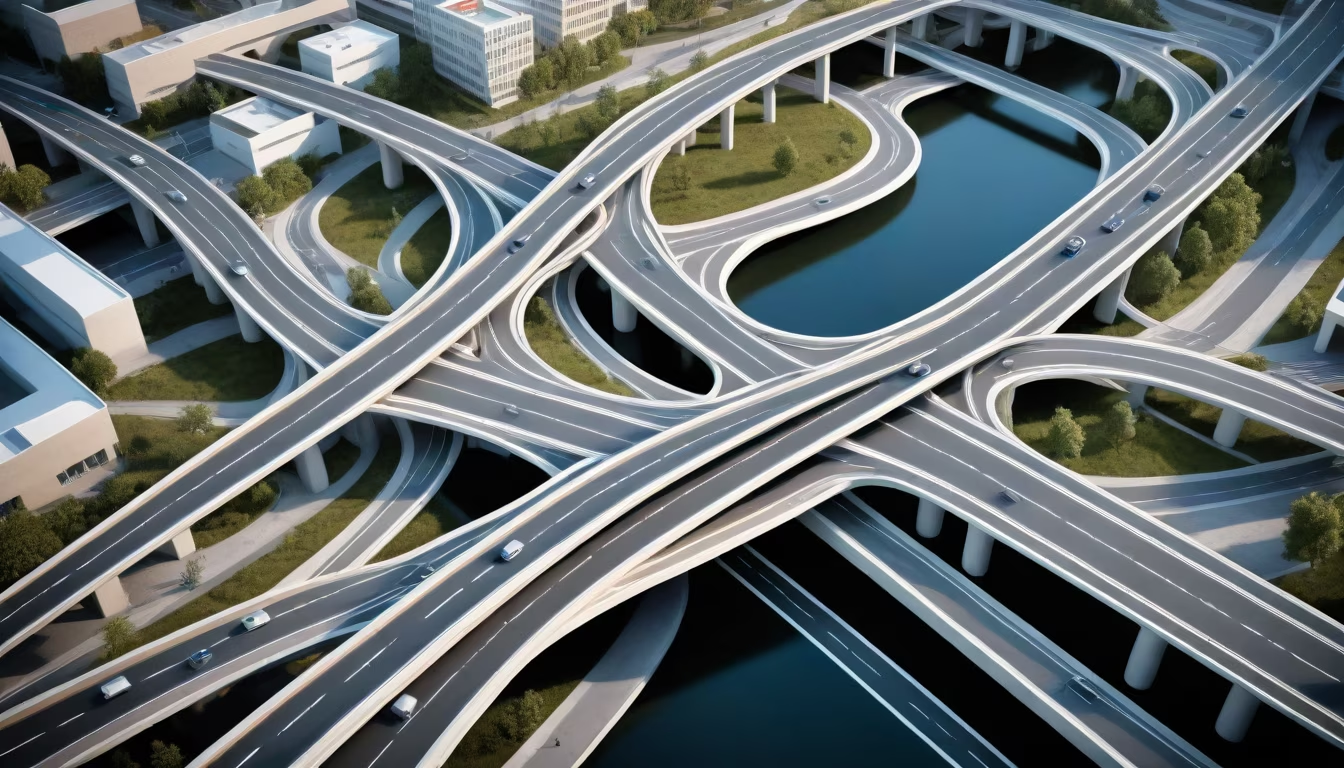
Prompt: A software architecture, the front end has multiple widgets that surface some user information; each widget is connected with one or multiple backend Microservices using an API gateway. Each microservice is connected to a NoSQL database. Consider five widgets in total. 2d, drawing of software architecture


Prompt: an image which represents operation which will be used on a PowerPoint slide talking about the operational improvements of a crane


Prompt: Imagine an image showcasing a dynamic game level progression concept. A winding path with interconnected branches symbolizes non-linearity, avoiding a straightforward ascent. Each branch diverges into diverse landscapes, reflecting varied content styles. Obstacles on the path represent challenges, differing not in difficulty but in nature, highlighting the concept of unique experiences.








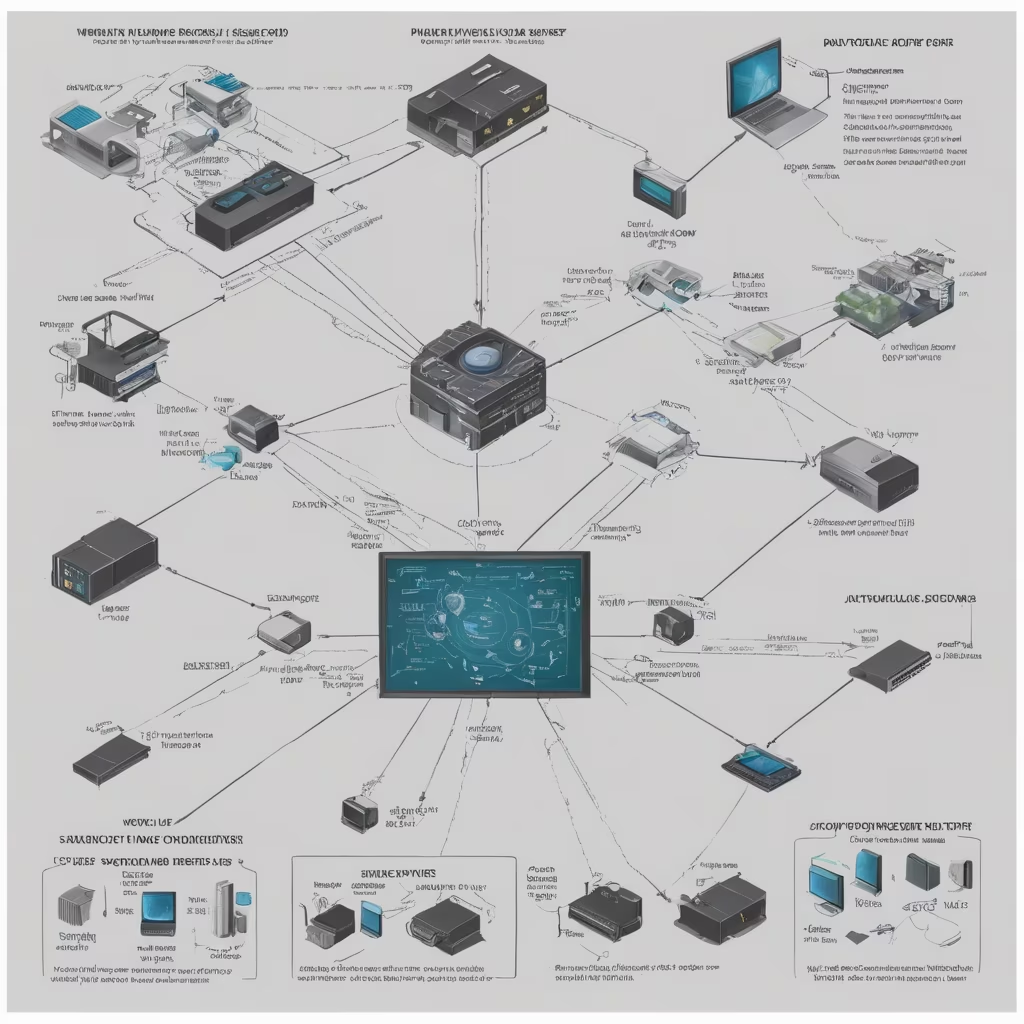

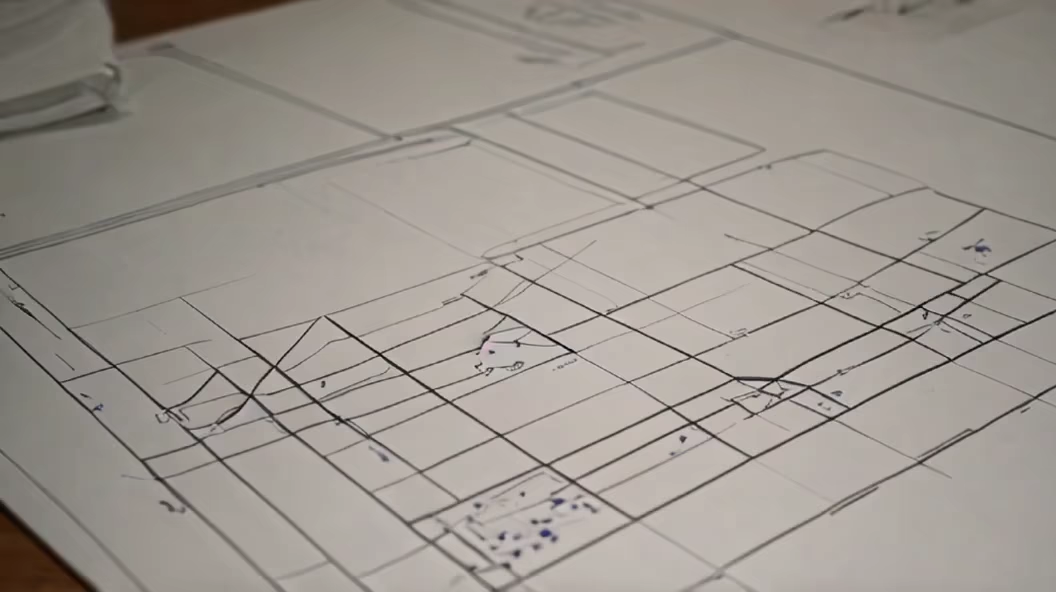
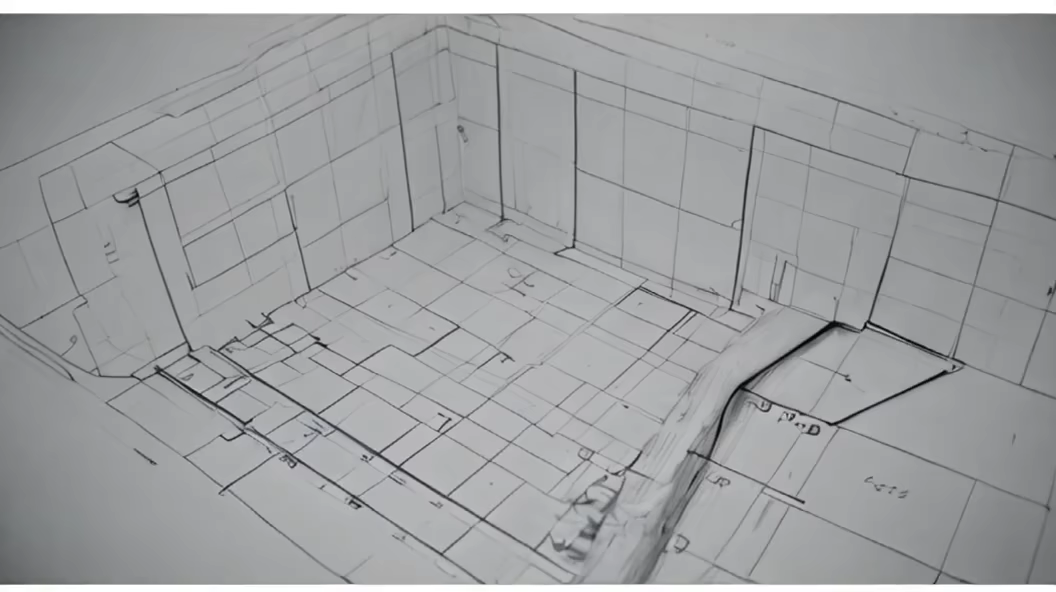
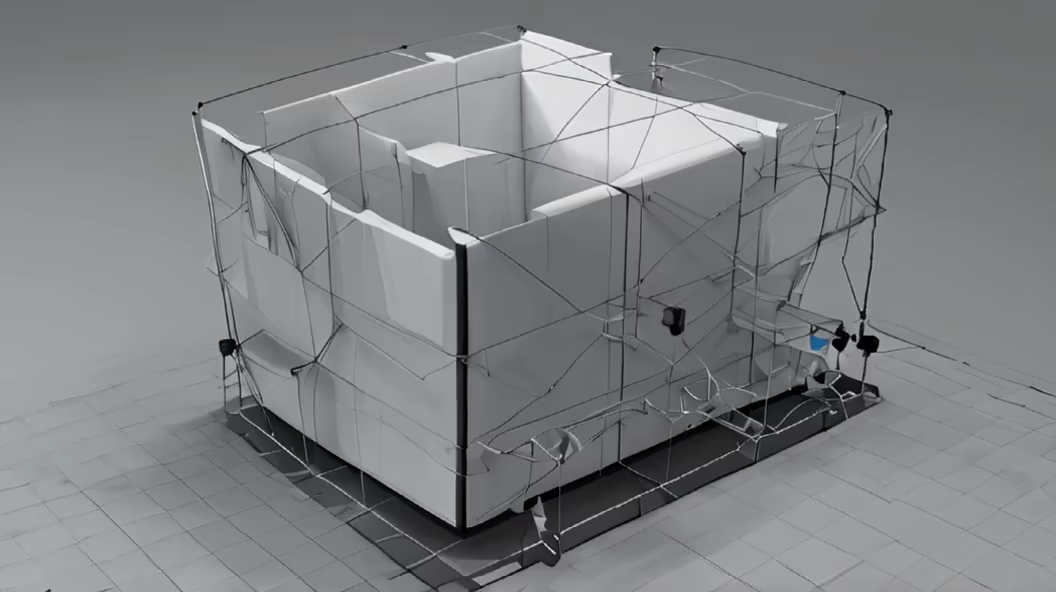
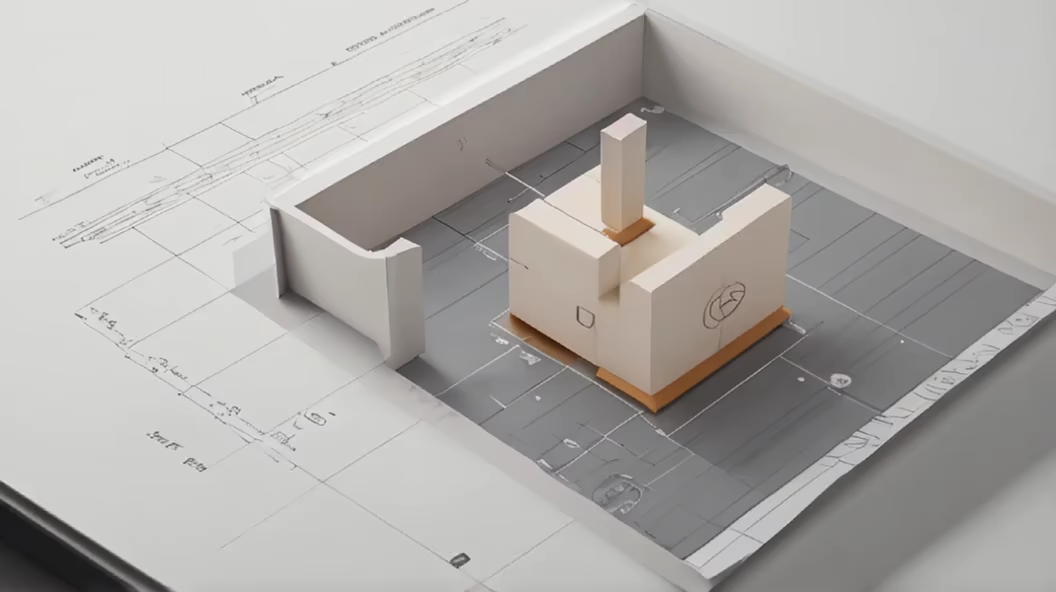




Prompt: Generate an image showcasing the dynamic talent acquisition cycle in the oil and gas industry. Visualize the stages, from workforce planning and job role definition to recruitment strategy and candidate onboarding. Feature diverse professionals engaged in technical interviews, negotiations, and onboarding sessions. Highlight the integration of cutting-edge technology and industry-specific tools. Capture the essence of a vibrant and evolving talent ecosystem within the oil and gas sector, emphasizing the importance of skilled professionals in driving success and innovation










































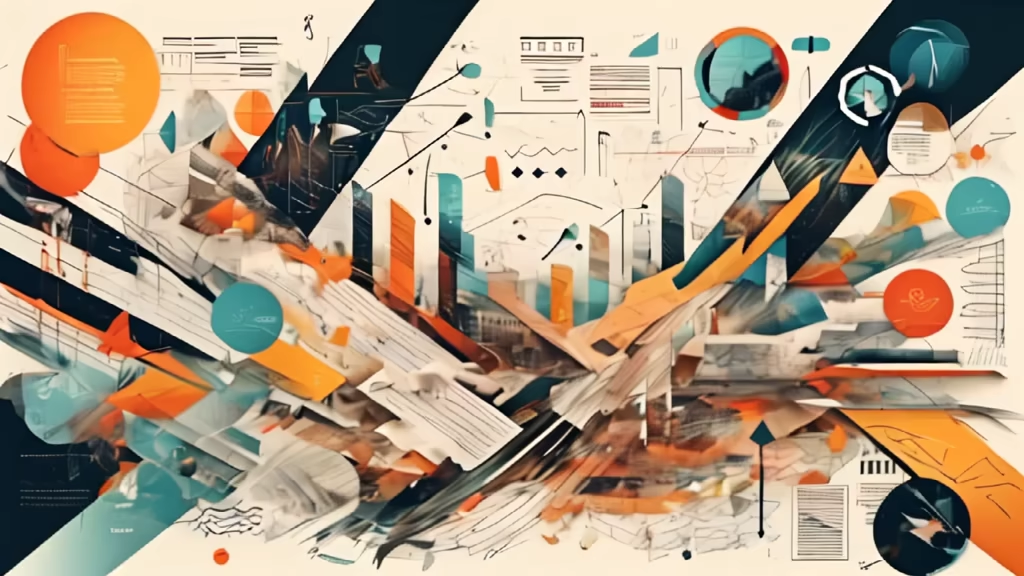

Prompt: a system design diagram for an automated nut cracker system which can automatically crack walnuts
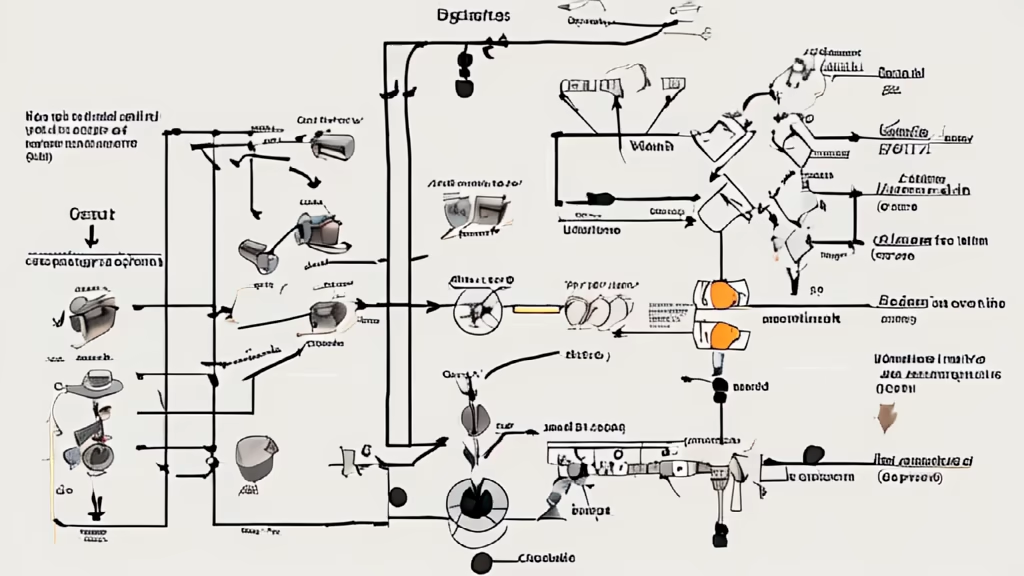
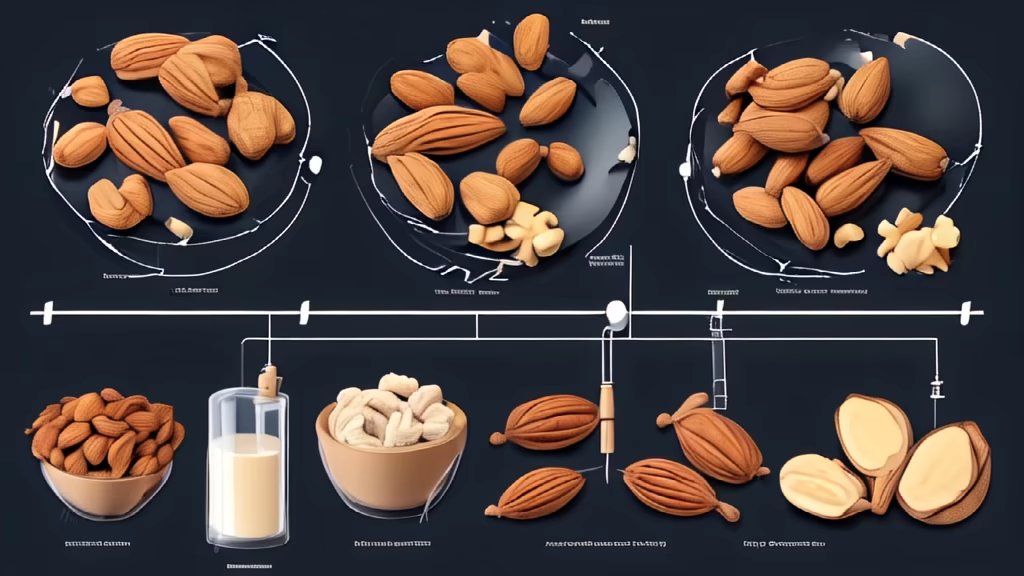
Prompt: Picture a fluid mosaic of interconnected pathways and bridges, representing the streamlined systems. The mechanics are symbolized by a series of interconnected, smooth-flowing channels, highlighting the seamless flow of operations. User-friendly controls are illustrated through intuitive touchpoints, emphasizing the ease of navigation. Best practices in interface design manifest as clear signposts and markers along the pathways, guiding users with simplicity. Important information is displayed prominently, akin to well-lit landmarks in the visual landscape.
Style: Fantasy Art


Prompt: A machine learning model diagram with blue and green nodes and arrows, in the style of a sketch, on a white background
